- Home
- What are Heat Pumps
- Air Source Heat Pump Efficiency
Maximize Your Air Source Heat Pump Efficiency: Tips for Optimal Performance.
Air Source heat pump efficiency will depend on a number of things. Some the suppliers will explain what these are, and others may not. So, here we’ll talk about the things that you need to understand before you decide to go down the heat pump route.
Understanding Co-efficient of Performance
If you’re considering buying a heat pump, whether that be air source, ground source or even water source you’ll probably be aware of the COP (co-efficient of performance). It’s probably the first figure the supplier will tell you about, because it sounds (and is) very impressive. For example an air source heat pump will typically have a COP of around 2.5 - 2.8. and ground source heat pumps will have a higher COP (typically starting around 4.0, but they are much more expensive to install). These figures are changing all the time and will depend on how well the system is installed and how efficient your home and emitters are. I've seen claims of a COP of 7 from an air source heat pump, but that is in a modern well insulated home with underfloor heating and designed and installed to an impeccable level.
What is the COP?
The COP figure means for each kW of electricity used to run the heat pump you get 2.5 - 2.8 kW of heat from it (assuming a COP of 2.5 - 2.8). This figure will vary from install to install and the higher the COP number, the more efficient the heat pump will be, and improving your air source heat pump efficiency will make it cheaper to run.
What Else Determines Air Source Heat Pump Efficiency?
Choosing the Right Emitters:
This is the means you use to transfer the heat from the water in your heating system to the habitable spaces within your home and these are typically ether radiators or underfloor heating pipes. In order to keep your air source heat pump efficiency as high as possible you’ll need to consider the size of the radiators and the spacing of the underfloor heating pipes within your property.
If you’re looking to replace a standard heating boiler (gas or oil) with an air source heat pump, you’ll likely be hoping to do so with as little change to your existing setup as possible! But it’s not always as simple as pulling out the old boiler and installing the new air source heat pump. It can be done, but it’s not always the most efficient way of doing it.
Radiators:
If your current system uses radiators you’ll need to remember that traditional boilers push water round the radiators at around 60 - 70°C and the heat pump will push water around at around 35 - 45°C. So when you change to the air source heat pump your radiators will be much cooler to touch. For this reason may suppliers will suggest installing larger radiators, so that you can still get the rooms to a suitable temperature. That may not be an issue in some houses, as many domestic radiators are often oversized any way. But if not, you may need to install larger radiators or low temperature radiators. The new air source heat pump system will often still work with the old radiators but it wouldn’t be as effective at distributing that heat as it could be, which will mean it runs longer, costing you more money in electricity used.
Underfloor Heating:
Don’t think because you’ve got underfloor heating in place already that you’re off the hook with regard to your air source heat pump efficiency!
An underfloor heating installation for a traditional boiler will typically have the pipework placed at 200 mm centres, but with an air source heat pump system these would typically be placed at 100 mm centres. This is due to the temperature difference between the traditional and heat pump systems, already discussed above
Again, that doesn’t mean the air source heat pump won’t work, but the floor obviously won’t feel as warm under foot and it’ll take longer to get the room up to temperature, which means, using more electricity.
Is Insulation Important?
One of the most important things you could do to improve your air source heat pump efficiency is to upgrade the insulation in your home, prior to ordering a heat pump. That way the heat pump can be sized correctly, rather than sizing it first and then upgrading the insulation which would mean the heat pump would likely be oversized and therefore more expensive to run.
As all heat pumps run on electricity, you’ll want it to run as little as possible. To achieve this you’ll want your home to hold onto the heat it produces for as long as possible, and you’ll not be able to do this without upgrading the insulation.
Affect of Airtightness:
As with the insulation, airtightness also has an impact on the heat pump efficiency for the same reason. If your home has lots of draughts, the warm air will be displaced by the cold draughts (uncontrolled ventilation) from outside. Meaning the heat pump will have to start up again to replace the lost heat.
That doesn’t mean sealing up the controlled ventilation within your home i.e. trickle vents, underfloor vents, extractor fans etc. This only relates to uncontrolled ventilation, such as draughts around door or window openings, around letterboxes, gaps around services going through external walls, and the gaps around recessed light fittings directly below the loft area etc.
Conclusion:
If you want to keep your air source heat pump efficiency as high as possible you’ll need to consider what radiators or underfloor pipe spacing you have and you’ll need to have a home that’s well insulated with as little draughts as possible.
Remember to always speak with a heating engineer to go through all the variables before making your decision, as a poorly installed air source heat pump could cost you more to run than your existing system. But a well specced system in a well insulated and draught free home should reduce your bills and your carbon footprint.

About The Author:
Jeremy Brady is a Chartered Surveyor with over 30 years experience inspecting older homes and expertise in sustainable building practices, advising on energy efficient home improvements and energy efficiency for a healthier, greener living environment.
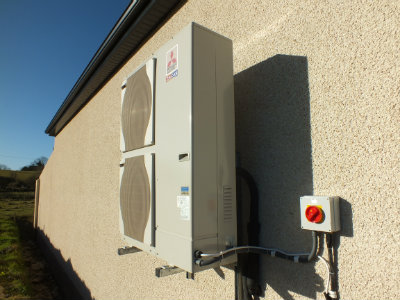
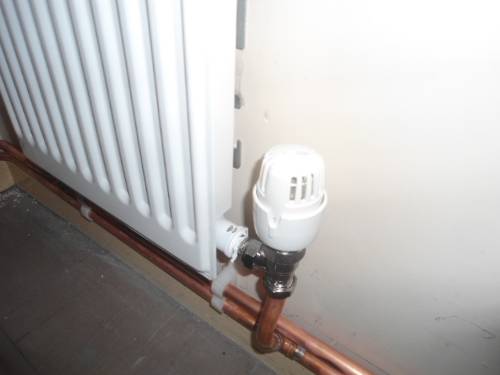
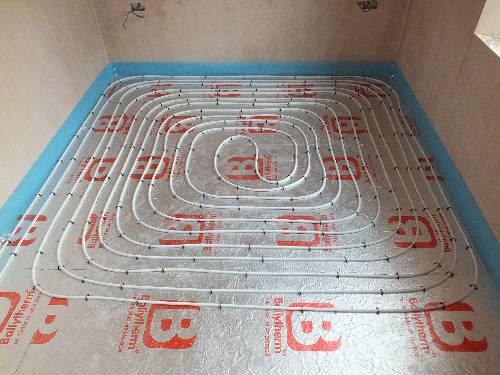



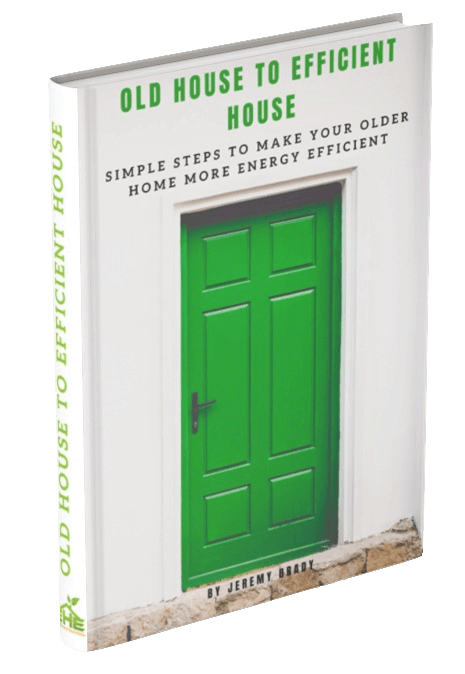




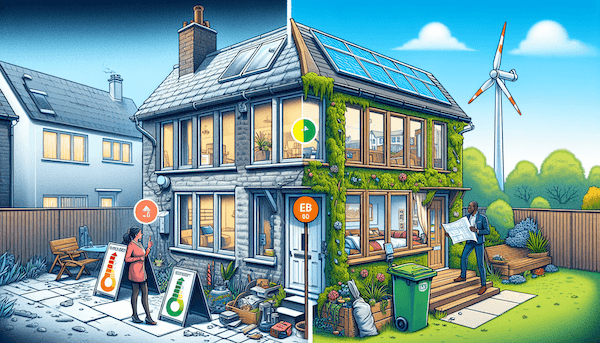
New! Comments
Have your say about what you just read! Leave me a comment in the box below.